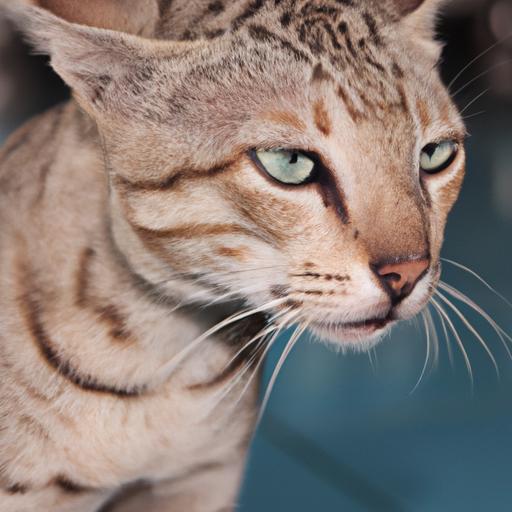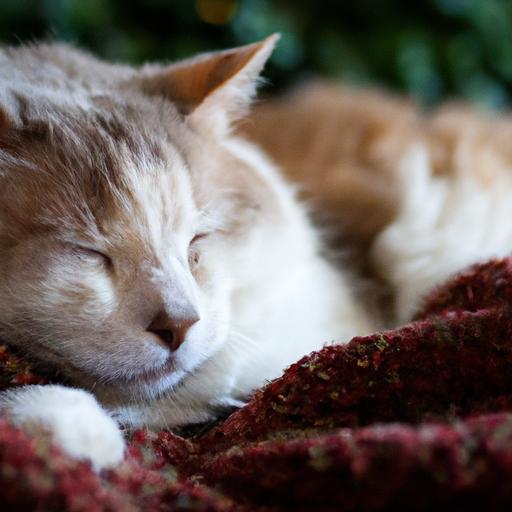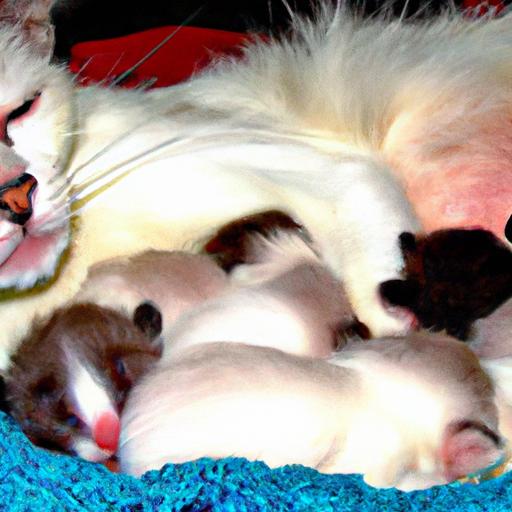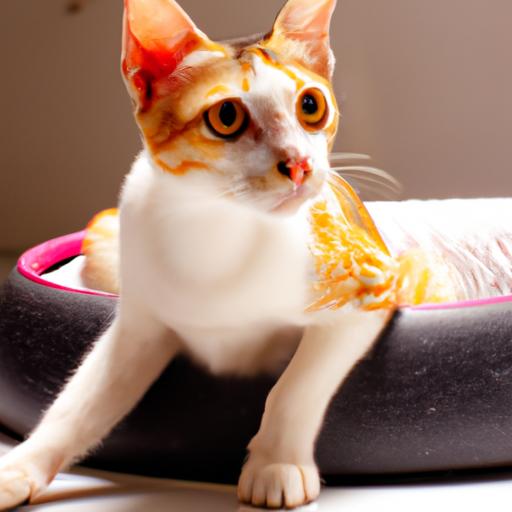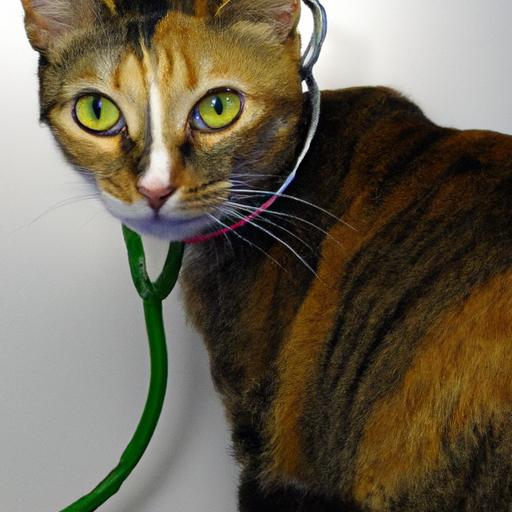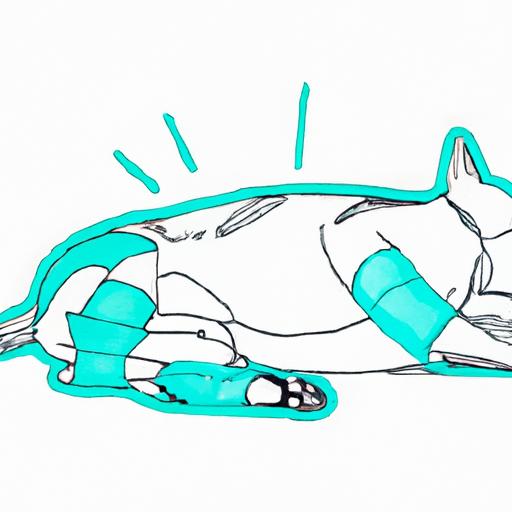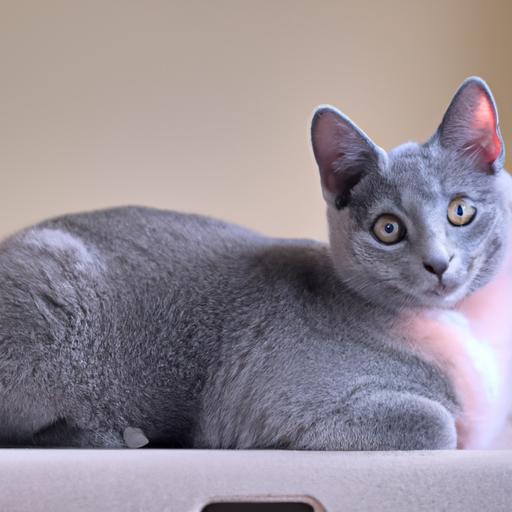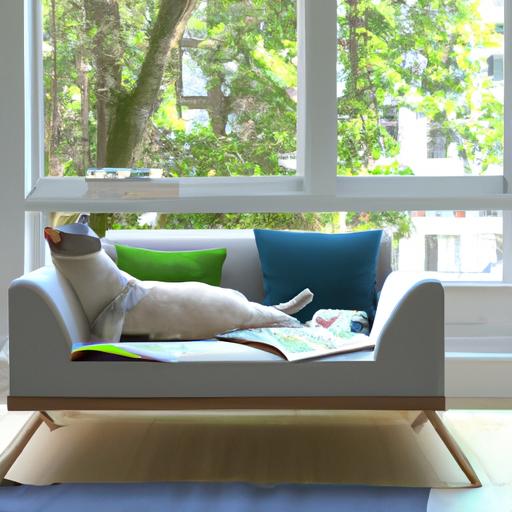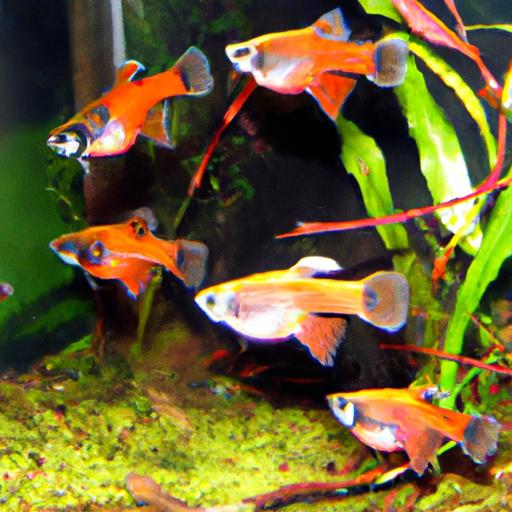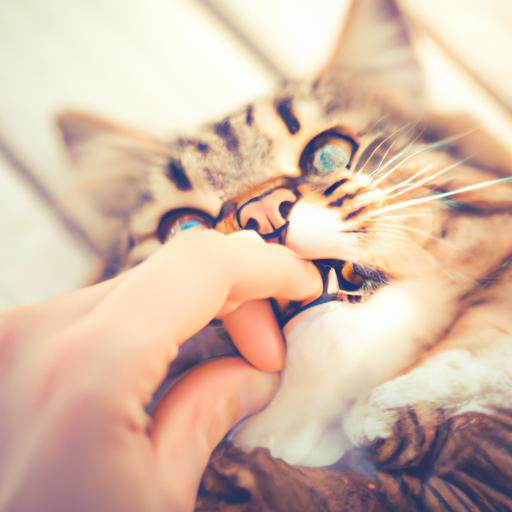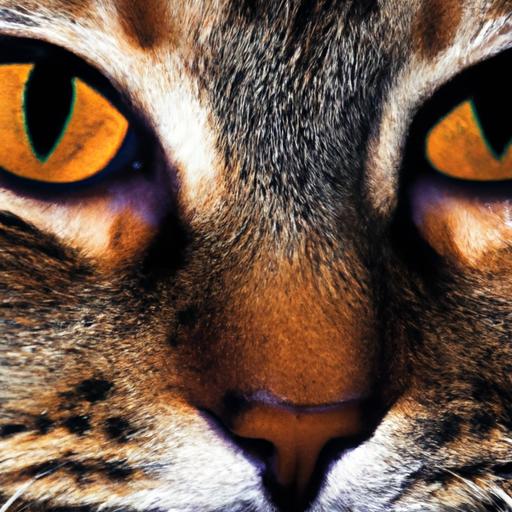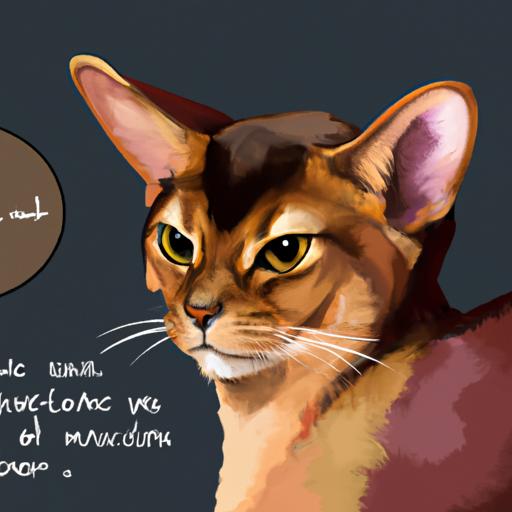
Recognizing Signs of Feline Degenerative Joint Disease
Learn how to identify the signs of feline degenerative joint disease. Recognize early symptoms to ensure your cat’s well-being. Read more here.
Introduction
As cat owners, we cherish the playful antics, graceful jumps, and agile movements of our feline friends. However, as our beloved cats age, they become susceptible to various health issues, including feline degenerative joint disease. This condition, affecting their joints and causing discomfort, can significantly impact their quality of life. In this article, we will explore the signs and symptoms of feline degenerative joint disease, empowering you to recognize and address this condition early on.
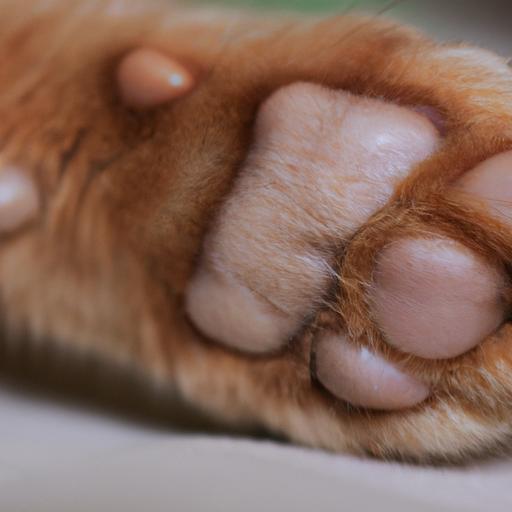
Recognizing Signs of Feline Degenerative Joint Disease
When it comes to identifying signs of feline degenerative joint disease, it’s crucial to pay close attention to your cat’s behavior and physical well-being. Here are some common signs to watch out for:
Changes in Mobility and Activity Levels
Observe your cat’s mobility closely. If you notice a decline in their ability to jump, climb, or run, it could be an indication of joint discomfort. Cats suffering from degenerative joint disease may become reluctant to engage in their usual activities, opting for a sedentary lifestyle instead.
Limping or Favoring Certain Limbs
Take notice if your cat starts showing signs of limping or favoring specific limbs. This asymmetrical gait is a clear indicator of joint pain. They might also exhibit stiffness when getting up or moving around, especially after periods of rest.
Decreased Appetite or Weight Loss
Feline degenerative joint disease can affect your cat’s appetite. If you observe a decrease in their food intake or unexplained weight loss, it could be a result of joint discomfort. The pain and inflammation associated with this condition often lead to a loss of interest in food.
Behavioral Changes
Keep an eye out for any changes in your cat’s behavior. Cats experiencing joint pain may become irritable, withdrawn, or unusually aggressive. They might also avoid social interactions or exhibit signs of depression. These behavioral shifts are their way of signaling their discomfort.
By closely monitoring these signs and symptoms, you can provide valuable information to your veterinarian, enabling them to make an accurate diagnosis and develop an appropriate treatment plan for your furry companion.
FAQ (Frequently Asked Questions)
What causes feline degenerative joint disease?
Feline degenerative joint disease can arise from various factors, including age-related wear and tear, genetic predispositions, obesity, previous injuries, or even developmental abnormalities. It’s important to note that certain cat breeds, such as Maine Coons and Persians, may be more prone to this condition.
Can young cats develop this condition?
While degenerative joint disease is more commonly associated with older cats, it can also affect younger felines. This can be due to genetic factors or specific injuries that accelerate joint degeneration. Early detection and intervention are crucial in managing the progression of the disease, regardless of the cat’s age.
How is feline degenerative joint disease diagnosed?
Diagnosing feline degenerative joint disease typically involves a thorough physical examination by a veterinarian. They may also request X-rays, blood tests, or joint fluid analysis to assess the extent of joint damage and rule out other potential causes of discomfort.
Are there any breed predispositions?
Certain cat breeds, as mentioned earlier, may have a higher susceptibility to degenerative joint disease. However, it’s important to remember that any cat, regardless of breed, can develop this condition. Regular monitoring of their joint health and early intervention are key to maintaining their well-being.
Can this condition be prevented or slowed down?
While feline degenerative joint disease cannot be entirely prevented, there are steps you can take to slow down its progression and improve your cat’s quality of life. Maintaining a healthy weight through proper nutrition and regular exercise can reduce the strain on their joints. Additionally, providing them with a comfortable environment that includes cozy resting spots and easily accessible litter boxes can alleviate stress on their joints.
Conclusion
Recognizing the signs of feline degenerative joint disease is crucial for ensuring our cats receive timely and appropriate care. By staying vigilant and observing any changes in mobility, behavior, appetite, or weight, we can provide valuable information to our veterinarians. Early diagnosis and intervention can significantly improve our cats’ quality of life and help manage the progression of this condition. Remember, our feline friends rely on us to recognize their discomfort and take the necessary steps to support their joint health.


